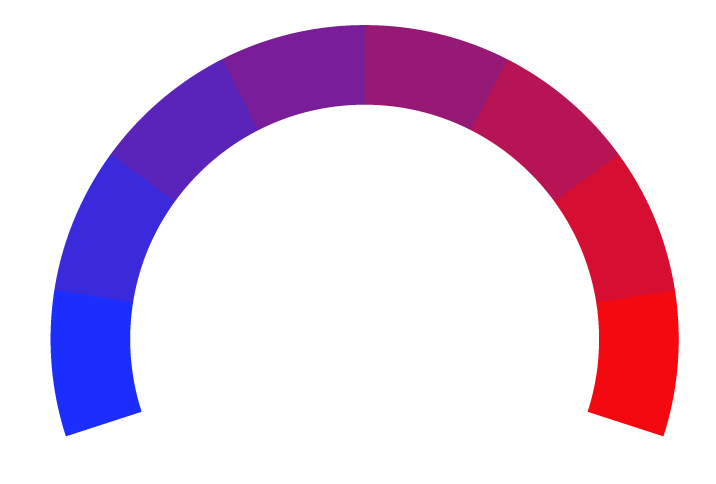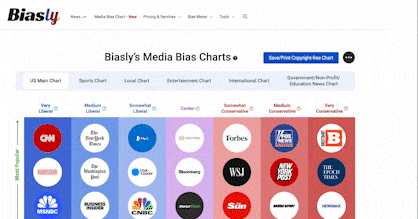Medicare to save $6B in 2026 from the first ever Part D drug pricing negotiations
- Bias Rating
- Reliability
70% ReliableGood
- Policy Leaning
-20% Somewhat Left
- Politician Portrayal
12% Positive
Continue For Free
Create your free account to see the in-depth bias analytics and more.
By creating an account, you agree to our Terms and Privacy Policy, and subscribe to email updates.
Bias Score Analysis
The A.I. bias rating includes policy and politician portrayal leanings based on the author’s tone found in the article using machine learning. Bias scores are on a scale of -100% to 100% with higher negative scores being more liberal and higher positive scores being more conservative, and 0% being neutral.
Sentiments
10% Positive
- Liberal
- Conservative
| Sentence | Sentiment | Bias |
|---|---|---|
Unlock this feature by upgrading to the Pro plan. | ||
Reliability Score Analysis
Policy Leaning Analysis
Politician Portrayal Analysis
Bias Meter
Extremely
Liberal
Very
Liberal
Moderately
Liberal
Somewhat Liberal
Center
Somewhat Conservative
Moderately
Conservative
Very
Conservative
Extremely
Conservative
-100%
Liberal
100%
Conservative

Contributing sentiments towards policy:
57% : Medicare can target small molecule drugs, typically pills, nine years after entering the market, and large molecule drugs, delivered via IV, 13 years after hitting the market.56% : The year-long negotiation process will yield savings of $6 billion in 2026, off of net prices paid by Medicare, according to U.S. Health Secretary Xavier Becerra.
55% : In addition, Medicare will soon start to negotiate for Part B, or prescription drugs that are administered in hospital environments or in doctor's offices.
53% : The price list marks the first time in U.S. history that Medicare has negotiated the prices of drugs directly with the manufacturers.
50% : The Centers for Medicare and Medicaid Services (CMS) has noted that it is particularly interested in drugs that have no generic or biosimilar competition.
43% : The Crohn's disease treatment brought in $9.7 billion for 2022, and Medicare claims it costs the government $2.3 billion per year for Part D. Other drugs contribute less to the top line for companies, so a lower price in the long term will not have significant impact.
*Our bias meter rating uses data science including sentiment analysis, machine learning and our proprietary algorithm for determining biases in news articles. Bias scores are on a scale of -100% to 100% with higher negative scores being more liberal and higher positive scores being more conservative, and 0% being neutral. The rating is an independent analysis and is not affiliated nor sponsored by the news source or any other organization.


























